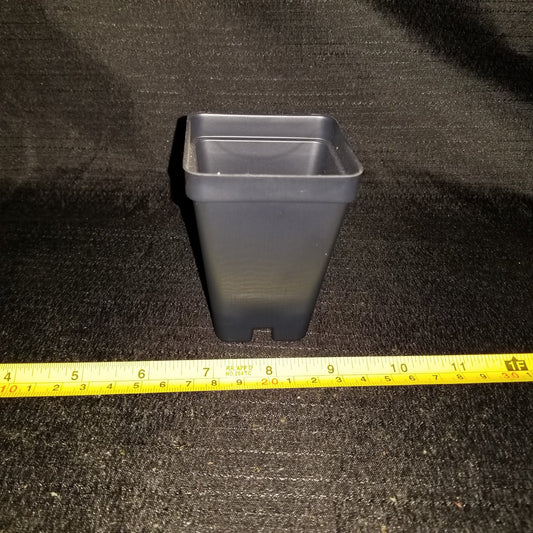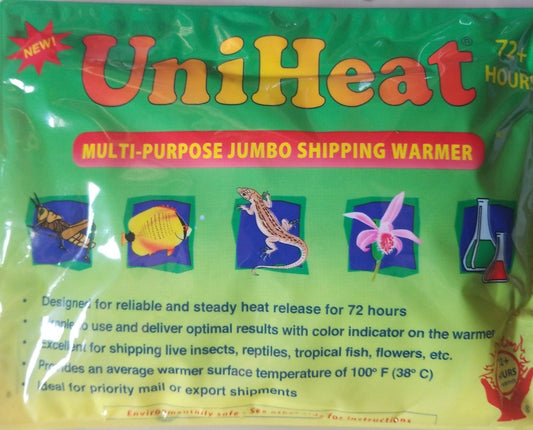Collection: Products
-
2" square plastic pot
Regular price From $0.50Regular priceUnit price / per -
2.5" plastic rose pot
Regular price From $0.50Regular priceUnit price / per -
3.5" square plastic pot
Regular price From $0.75Regular priceUnit price / per -
72 Hr Heat Pack +/- insulation for Shipping
Regular price $4.00Regular priceUnit price / per -
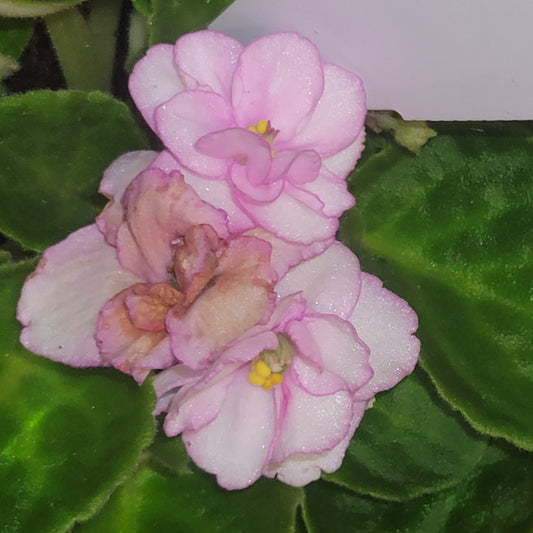 Sold out
Sold outAfrican Violet (ID#15)
Regular price From $3.50Regular priceUnit price / per$20.00Sale price From $3.50Sold out -
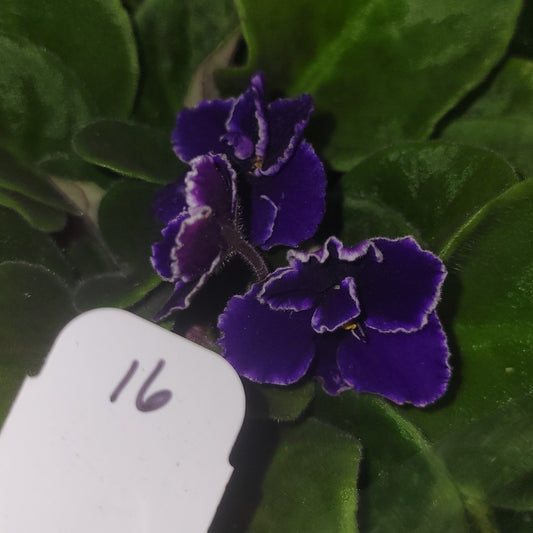 Sold out
Sold outAfrican Violet (ID#16)
Regular price From $3.50Regular priceUnit price / per$20.00Sale price From $3.50Sold out -
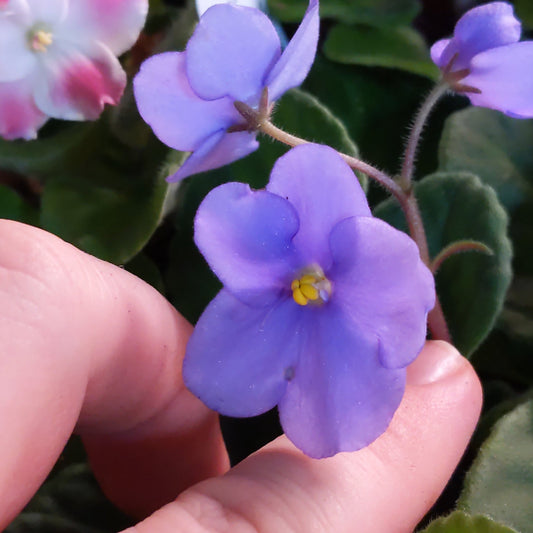 Sold out
Sold outAfrican Violet (ID#22)
Regular price From $3.50Regular priceUnit price / per$20.00Sale price From $3.50Sold out -
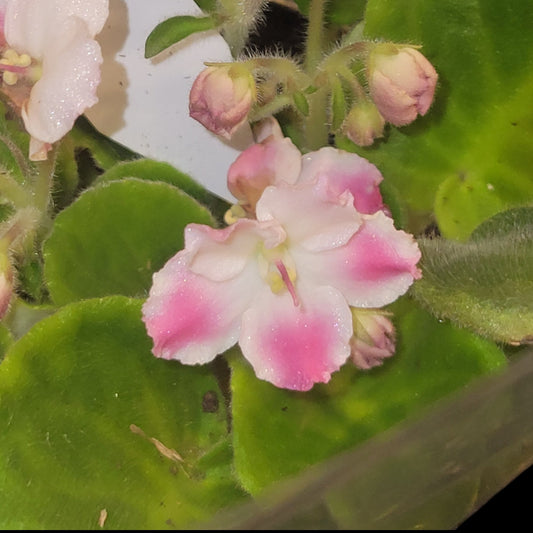 Sold out
Sold outAfrican Violet (ID#23)
Regular price From $3.50Regular priceUnit price / per$20.00Sale price From $3.50Sold out -
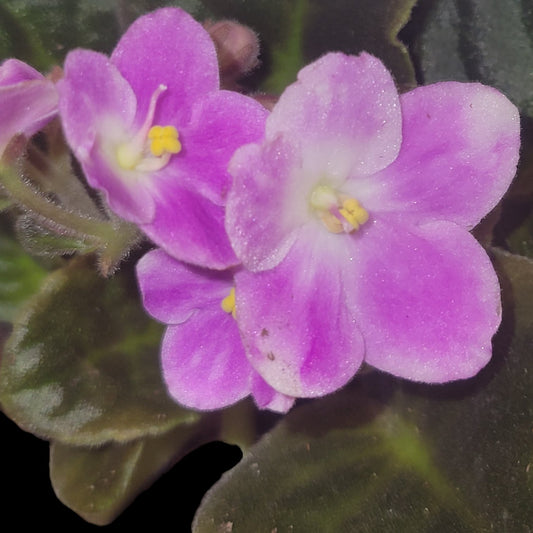 Sold out
Sold outAfrican Violet (ID#25)
Regular price From $3.50Regular priceUnit price / per$20.00Sale price From $3.50Sold out -
Sold out
African Violet (ID#27)
Regular price From $3.50Regular priceUnit price / per$20.00Sale price From $3.50Sold out -
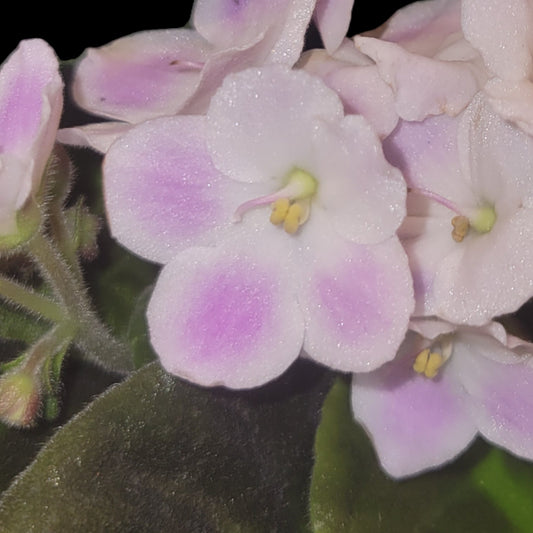 Sold out
Sold outAfrican Violet (ID#3)
Regular price From $3.50Regular priceUnit price / per$20.00Sale price From $3.50Sold out -
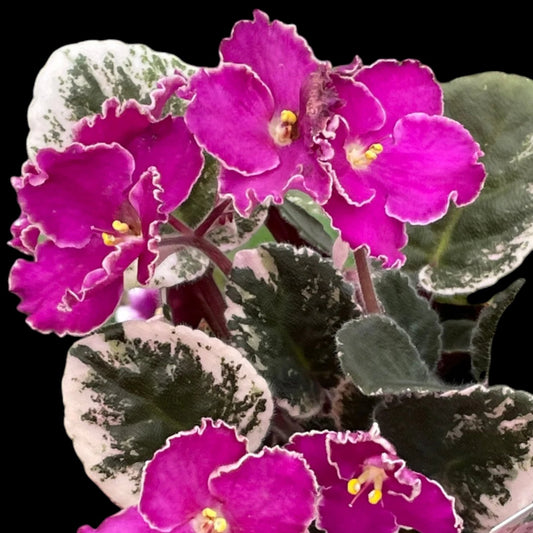 Sold out
Sold outAfrican violet Buckeye Let's Roll
Regular price From $8.50Regular priceUnit price / per -
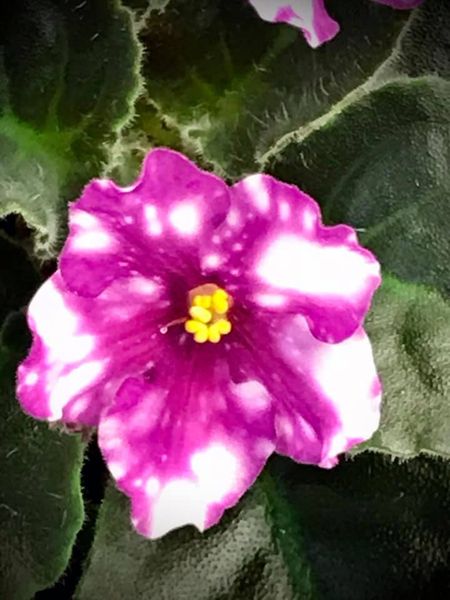 Sold out
Sold outAfrican Violet Hunter's Pew Pew
Regular price From $3.50Regular priceUnit price / per -
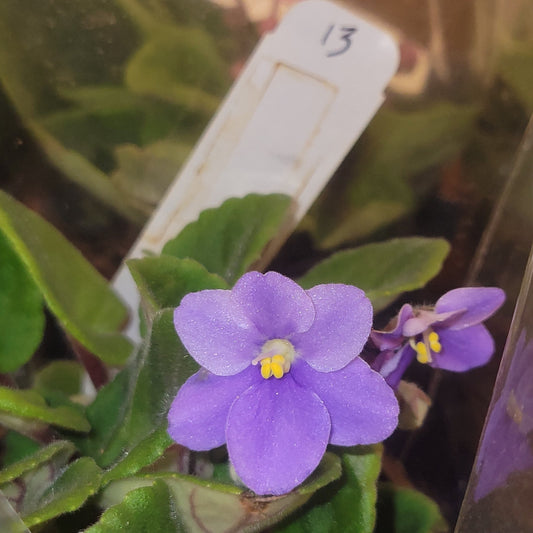 Sold out
Sold outAfrican Violet ID#13
Regular price From $3.50Regular priceUnit price / per$20.00Sale price From $3.50Sold out -
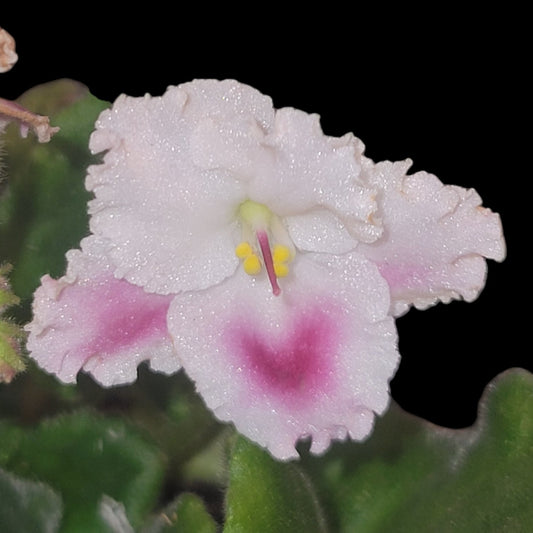 Sold out
Sold outAfrican Violet ID#20
Regular price From $3.50Regular priceUnit price / per$20.00Sale price From $3.50Sold out -
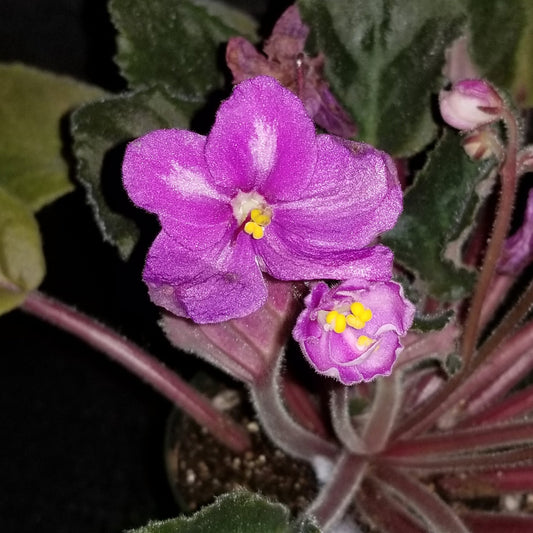 Sold out
Sold outAfrican Violet Maas' Janet
Regular price From $3.50Regular priceUnit price / per
Subscribe to our emails
Subscribe to our mailing list for insider news, product launches, and more.
Invalid Password
Enter

